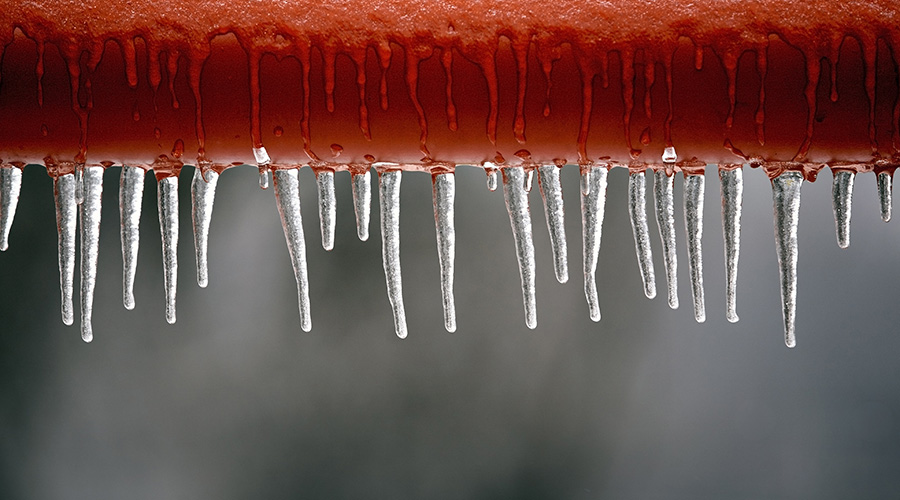Avoiding Disaster: Clogs, Leaks and Bursts
Strategies and tactics to prevent these crises from damaging facilities, disrupting operations and creating headaches for managers.
Plumbing and piping systems are essential components in the safe, reliable operation of Institutional and commercial facilities. Unfortunately for maintenance and engineering managers, these systems are regularly disrupted and damaged by three very predictable problems — clogs, leaks and pipe bursts.
Fortunately, managers and front-line technicians can take proven measures that detect all of these problems well before they create major problems.
Clogs
Building occupants need to avoid putting a long list of materials down drains, so the challenge for managers is educating occupants on how to properly dispose of these materials to ensure drains and piping systems keep flowing.
The list of materials that should never go down a kitchen drain includes grease, cooking oil, bones, paper products and hard objects, such as paper, cigarette butts, metals and plastics. Some drains have garbage disposers, but only soft, non-greasy food waste should go into these drains, and users need to flush these items with cold water. Otherwise, a blockage can form farther down the drain beyond the trap.
Some drains clog easily, especially pre-1990 drains that are only 2 inches in diameter, especially if they are connected to a large number of disposers. In these locations, technicians need to check grease traps regularly, clean it regularly, and use solid-waste disposal methods to reduce the volume of materials going into the disposer.
In too many facilities, building occupants use toilet drains as waste baskets for large, solid objects, including cell phones, lighters, coins, toys, large wads of toilet tissue, paper towels, sanitary products, food and food containers. Any of these items will clog the drain eventually and create messy overflows that require cleanup and sanitization.
Hair and soap create many clogs in restroom sinks and showers. Among other drains that can suffer from clogs, floor drains are most often the culprits. Technicians responsible for cleaning facility floors need to be trained to sweep up solid objects before washing down the floor instead of washing everything into the drain. These types of clogs can be especially difficult to find and remove because they can form very deep in the drain before enough back pressure builds up enough to cause water to back up.
Occupants often use too much soap or detergent that causes clogs in drains in kitchens, laundry rooms and floors. Even a few drops of detergent go a long way, so changing this behavior by training personnel to use measured quantities can create a double benefit of lowering detergent costs and minimizing drain clogs.
Technicians also should keep a close eye on floor drains in utility spaces, which collect condensation from air conditioners and dehumidifiers. If enough water does not move through the piping, these drains can clog when the minerals from the condensation settle out. Depending on the volume of condensation, technicians should flush these drains periodically.
Educating facility occupants can go a long way toward keeping drains clog-free and operational. After all, the occupants decide which materials end up in drains or do not. Because occupants have so many distractions during their daily work, an education program must be imaginative and ongoing to succeed. The reminders need to be interesting, and they need to change often enough to catch and keep occupants’ attention.
Related Topics:













